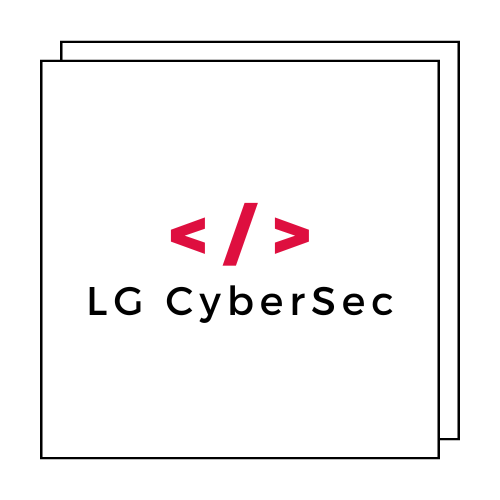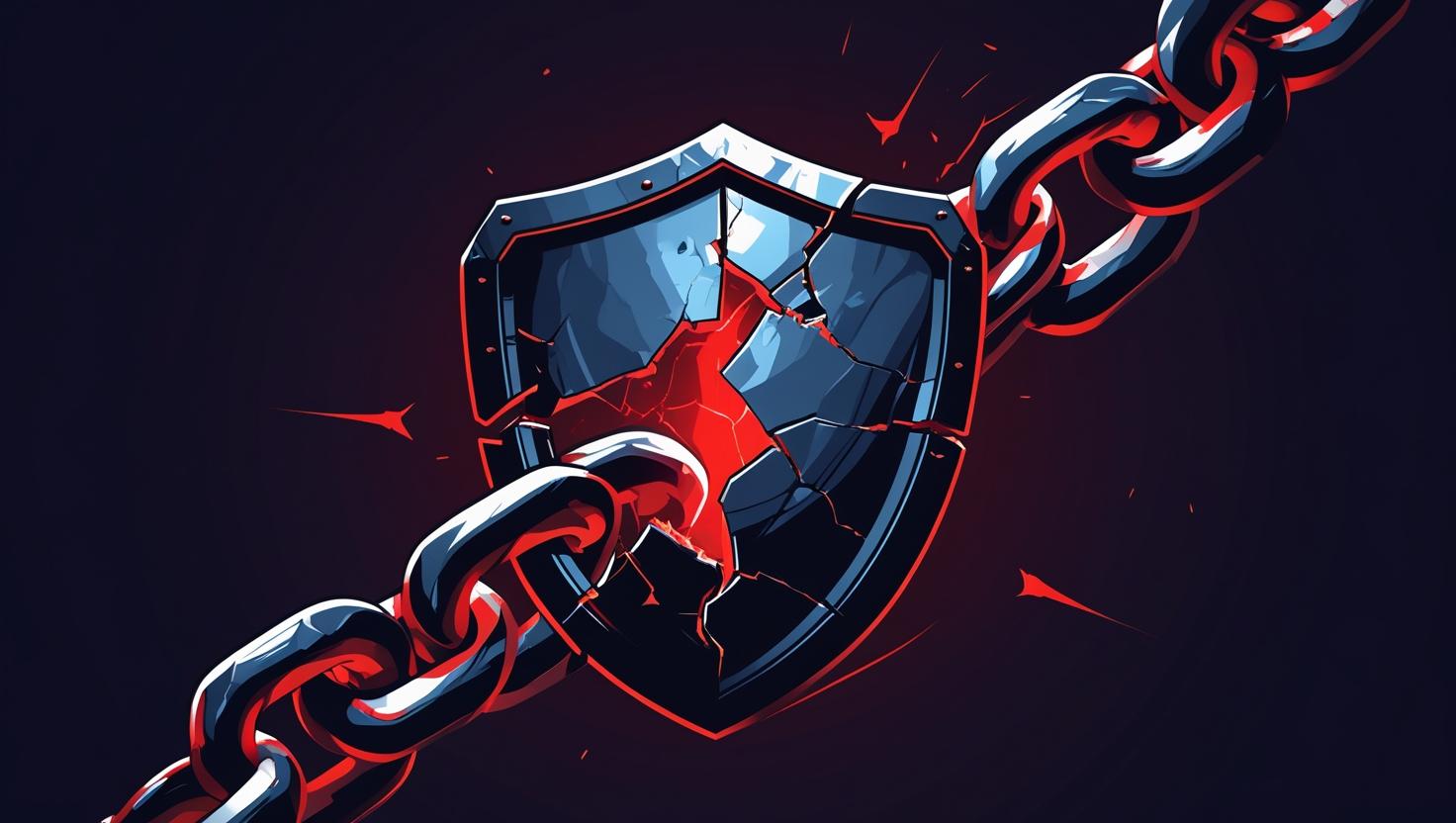A severe cybersecurity incident has rocked the Python development community, with a malicious PyPI package called soopsocks successfully infiltrating over 2,653 systems before being detected and removed. This supply chain attack highlights the growing vulnerability of software ecosystems and the urgent need for businesses to strengthen their cybersecurity defenses.
For small and medium-sized businesses (SMBs) that rely on Python-based applications or development teams using PyPI packages, this incident serves as a critical wake-up call. The soopsocks malware demonstrates how cybercriminals are increasingly targeting software repositories to distribute malicious code at scale.
Understanding the soopsocks Malicious Package Attack
The soopsocks package was designed to masquerade as a legitimate SOCKS5 proxy tool, a common networking utility used by developers. However, beneath its innocent facade lurked sophisticated malware capable of establishing backdoors on infected Windows systems.
According to security researchers at FortiGuard Labs, the package contained malicious code that executed upon installation, compromising systems without user knowledge. The attack affected multiple platforms where PyPI packages could be installed, making it a cross-platform threat.
What makes this attack particularly concerning is its supply chain methodology. Rather than targeting individual systems directly, cybercriminals poisoned a trusted software repository, allowing the malware to spread organically through legitimate development workflows.
How Supply Chain Attacks Impact Small and Medium Businesses
SMBs are increasingly attractive targets for cybercriminals due to their often limited cybersecurity resources and infrastructure. The soopsocks incident demonstrates several key vulnerabilities that businesses must address:
Development Environment Compromise
Many SMBs rely on development teams or third-party contractors who use Python packages from PyPI. When malicious packages like soopsocks infiltrate these environments, they can:
- Establish persistent backdoors for future attacks
- Steal sensitive business data and intellectual property
- Provide access to internal networks and systems
- Install additional malware or ransomware
Operational Disruption
The aftermath of a supply chain attack can be devastating for SMBs. Business operations may be disrupted while IT teams work to identify and remove malicious code. This downtime can result in significant revenue losses and damage to customer relationships.
According to IBM’s Cost of a Data Breach Report 2024, the average cost of a data breach for organizations with fewer than 500 employees exceeds $3 million, a figure that could be catastrophic for many SMBs.
Protecting Your Business from PyPI and Supply Chain Threats
The soopsocks incident underscores the importance of implementing robust security measures throughout your software supply chain. Here are essential steps SMBs should take to protect themselves:
Implement Package Verification Processes
Before installing any Python packages, development teams should verify their legitimacy through multiple channels:
- Check package popularity and download statistics on PyPI
- Review package documentation and source code when possible
- Verify publisher credentials and project history
- Use package scanning tools to detect potential malware
Establish Secure Development Practices
Creating a secure development environment is crucial for preventing supply chain attacks. Consider implementing these practices:
- Use virtual environments to isolate package installations
- Maintain an approved package whitelist for your organization
- Implement code review processes for all external dependencies
- Regular security audits of your development infrastructure
At LG CyberSec, we help SMBs establish these critical security frameworks through our comprehensive cybersecurity consulting services.
Detection and Response Strategies for SMBs
Early detection is crucial when dealing with supply chain attacks like the soopsocks incident. SMBs should implement monitoring systems that can identify suspicious activities:
Network Monitoring
Deploy network monitoring solutions that can detect unusual outbound connections or data transfers. The soopsocks malware, like many similar threats, likely communicated with external command and control servers.
Endpoint Detection and Response (EDR)
Modern EDR solutions can identify behavioral anomalies that indicate malware activity, even when the malware wasn’t previously known. These tools are particularly effective against supply chain attacks that use novel attack vectors.
According to CrowdStrike’s Global Threat Report, organizations with comprehensive EDR solutions detect threats 45% faster than those relying solely on traditional antivirus software.
Incident Response Planning
Having a well-defined incident response plan is essential for minimizing the impact of supply chain attacks. Your plan should include:
- Incident classification procedures
- Communication protocols for notifying stakeholders
- System isolation and containment strategies
- Evidence preservation techniques
- Recovery and restoration procedures
Long-term Security Strategy for Python Development
The soopsocks attack represents just one example of the evolving threat landscape facing Python developers and the businesses that depend on their work. Establishing a long-term security strategy is essential for sustainable protection.
Dependency Management Best Practices
Effective dependency management goes beyond simply installing packages. Consider implementing these advanced practices:
- Pin specific package versions in production environments
- Use dependency lock files to ensure consistent installations
- Regularly audit and update dependencies to patch known vulnerabilities
- Implement automated security scanning in your CI/CD pipeline
Security Training and Awareness
Human factors remain one of the weakest links in cybersecurity. Regular training helps development teams recognize and respond appropriately to potential threats:
- PyPI security best practices training for developers
- Social engineering awareness programs
- Incident reporting procedures and protocols
- Regular security updates and threat intelligence briefings
The OWASP Top 10 security risks provides an excellent framework for understanding and addressing the most critical web application security vulnerabilities.
Industry Response and Future Implications
The swift takedown of the soopsocks package demonstrates the cybersecurity community’s ability to respond to emerging threats. However, it also highlights the need for more proactive security measures in software repositories.
Enhanced Repository Security Measures
Following incidents like soopsocks, repository maintainers are implementing enhanced security measures:
- Automated malware scanning for uploaded packages
- Publisher verification systems for package authors
- Community reporting mechanisms for suspicious packages
- Enhanced monitoring and analytics to detect anomalous behavior
These improvements will help reduce the risk of future supply chain attacks, but businesses cannot rely solely on external security measures.
Regulatory and Compliance Considerations
As supply chain attacks become more common, regulatory bodies are beginning to address software supply chain security more directly. SMBs should prepare for potential compliance requirements related to:
- Software Bill of Materials (SBOM) documentation
- Third-party risk assessments for software dependencies
- Incident reporting requirements for supply chain compromises
- Data protection obligations when using third-party software
Conclusion: Building Resilience Against Supply Chain Attacks
The soopsocks malicious PyPI package incident serves as a stark reminder that no organization is immune to supply chain attacks. The fact that 2,653 systems were compromised before the threat was identified demonstrates the scale and speed at which these attacks can spread.
For SMBs and general consumers, the key to protection lies in adopting a proactive, multi-layered security approach. This includes implementing robust package verification processes, establishing secure development practices, deploying comprehensive monitoring solutions, and maintaining current incident response capabilities.
The cybersecurity landscape continues to evolve, with supply chain attacks becoming increasingly sophisticated and frequent. Organizations that invest in comprehensive security measures today will be better positioned to defend against tomorrow’s threats.
Don’t wait for the next soopsocks incident to impact your business. At LG CyberSec, we provide expert cybersecurity consulting services specifically designed for SMBs. Our team can help you assess your current security posture, implement robust defense strategies, and develop incident response capabilities tailored to your unique business needs.
Contact us today to schedule a comprehensive security assessment and take the first step toward protecting your business from supply chain attacks and other emerging cybersecurity threats. Your business’s security is our priority, and together we can build the resilient defenses you need to thrive in today’s digital landscape.

